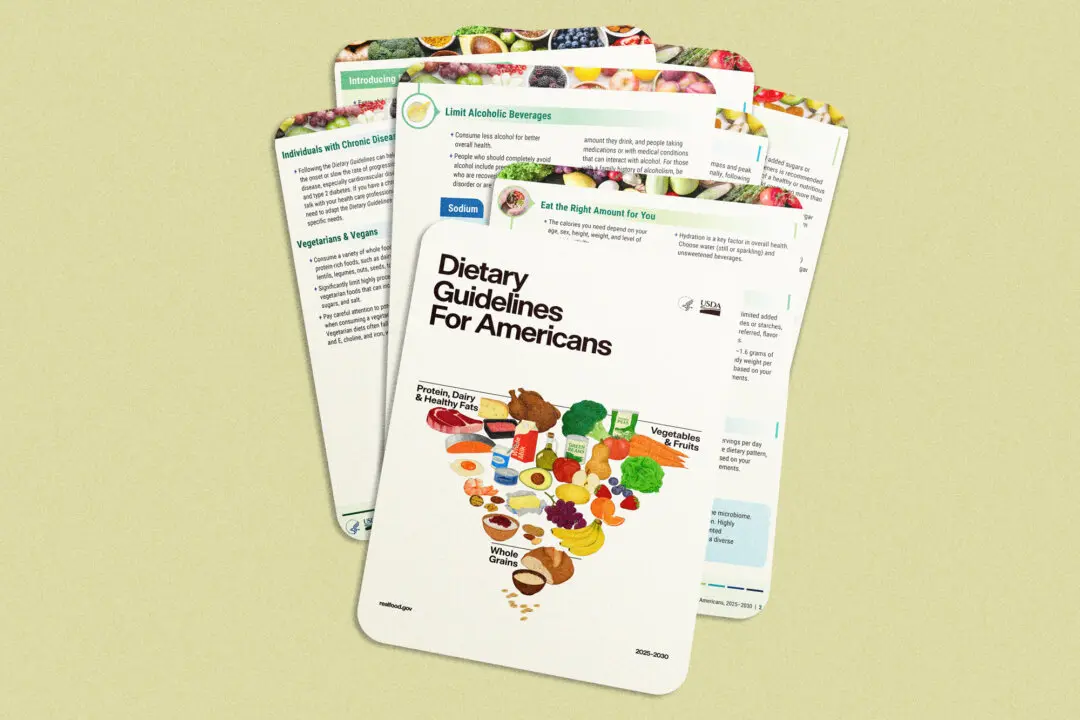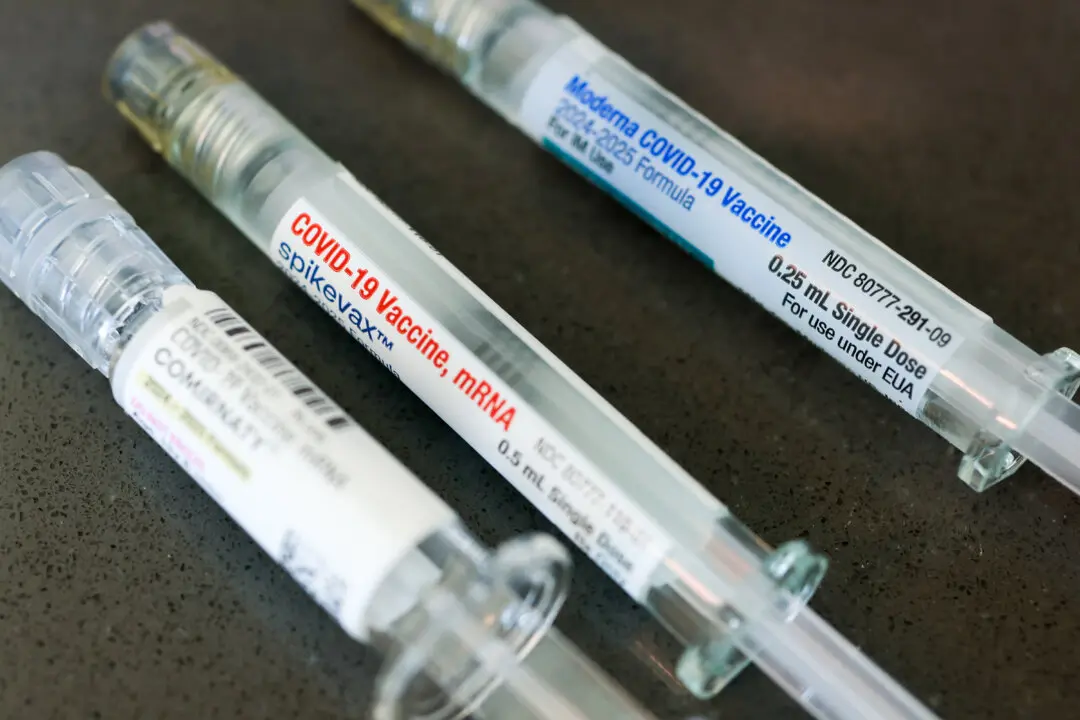A “systemic catastrophe” is senior researcher Dr. Stephanie Seneff’s verdict on glyphosate, the active ingredient in the herbicide Roundup, warning that the chemical is a slow kill for humans and other lifeforms.
Seneff, a senior researcher from the Massachusetts Institute of Technology, has been studying this toxic chemical for around 10 years.






